10 MongoDB Mini Projects Ideas for Beginners with Source Code
ProjectPro
JUNE 6, 2025
Getting acquainted with MongoDB will give you insights into how non-relational databases can be used for advanced web applications, like the ones offered by traditional relational databases. The underlying model is the crucial conceptual difference between MongoDB and other SQL databases.








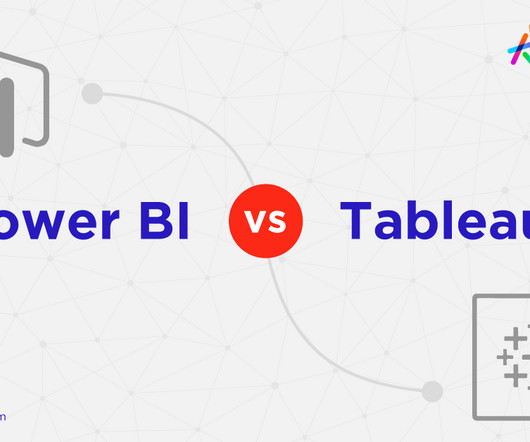
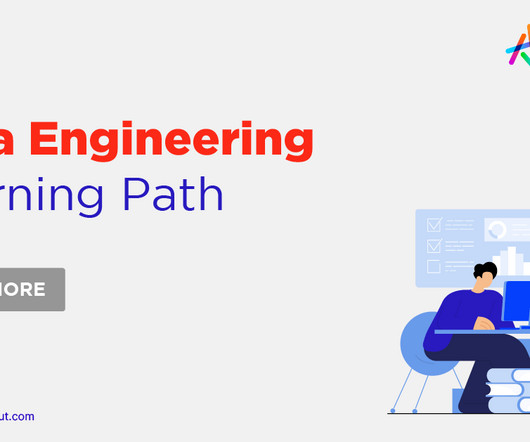
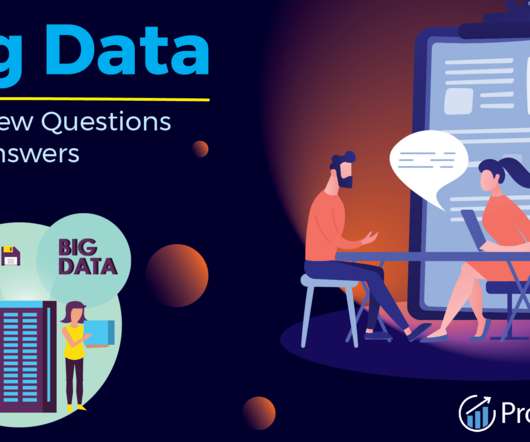
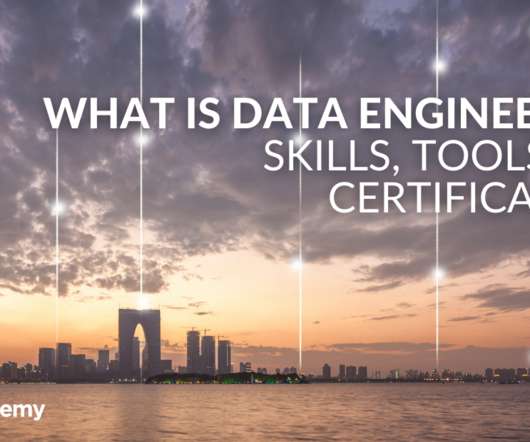
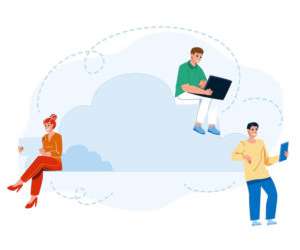

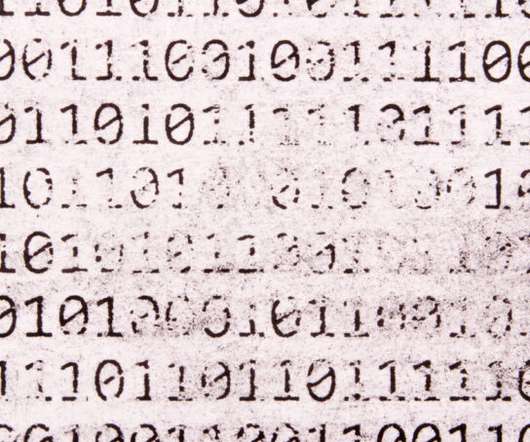
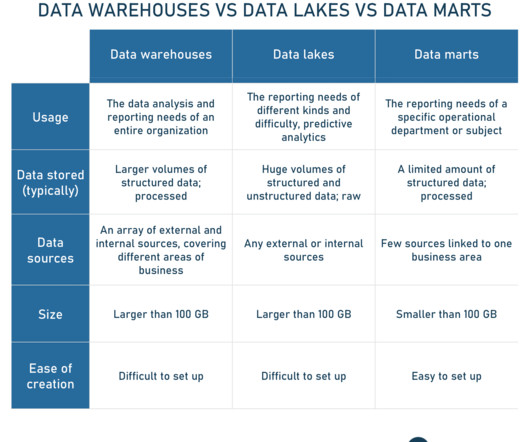


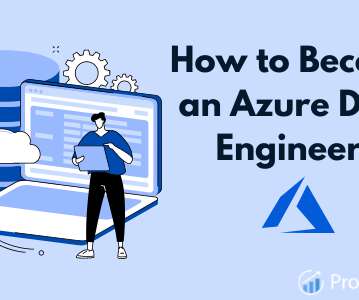

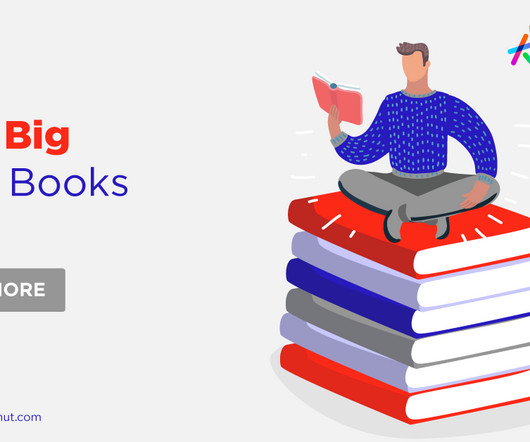







Let's personalize your content